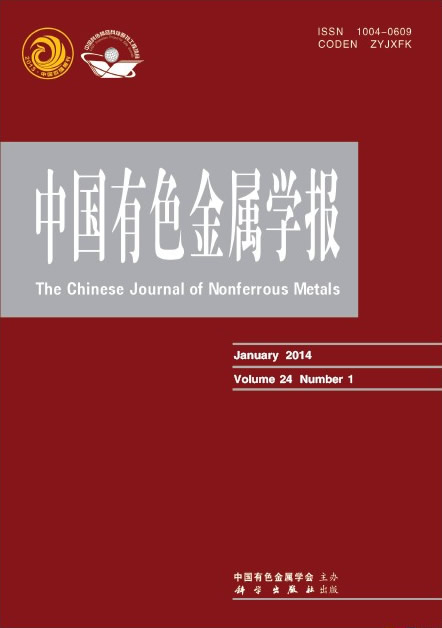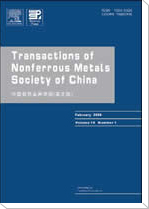(1. 湖南省产商品质量监督检验研究院,长沙 410007;
2. 湖南省特种设备检验检测研究院,长沙 410117;
3. 中南大学 材料科学与工程学院,长沙 410083)
摘 要: 采用慢应变速率试验、金相显微镜、扫描电镜、扫描透射电镜等手段研究350 ℃冷却至100 ℃时的冷却速率从1720 ℃/min减小至30 ℃/min对7020铝合金显微组织和应力腐蚀断裂敏感性的影响。结果表明:NaCl溶液中拉伸的强度和伸长率较空气中的都更低,抗拉强度下降率随冷却速率减小而增加,但伸长率下降率先减小再增加。冷却速率减小,应力腐蚀指数ISSRT增加,合金的应力腐蚀断裂敏感性升高。通过冷却速率减小时晶界第二相尺寸、间距、化学成分及无沉淀析出带宽度和成分的变化来分析和探讨应力腐蚀断裂敏感性增加的原因。
关键字: 7020铝合金;冷却速率;应力腐蚀断裂;显微组织
(1. Hunan Testing Institute of Product and Commodity Supervision, Changsha 410007 China;
2. Hunan Special Equipment Inspection and Testing Research Institute, Changsha 410117 China;
3. School of Materials Science and Engineering, Central South University, Changsha 410083, China)
Abstract:The effects of cooling rate decreasing from 1720 ℃/min to 30 ℃/min through 350-100 ℃ on microstructure and susceptibility to stress corrosion cracking (SCC) of 7020 aluminium alloy were investigated by slow strain rate test, optical microscopy, scanning electron microscopy and scanning transmission electron microscopy. The results show that the strength and elongation of specimens tested in NaCl solution are lower than that tested in air, the strength decrement tends to increase with the decrease of cooling rate, while the elongation decrement tends to decrease first and then increase. SCC susceptibility increases with the decrease of cooling rate as a lower cooling rate results in a larger ISSRT. The reason was discussed according to the change of the size, spacing, chemical compositions of second phase at grain boundaries and width and chemical compositions of precipitates free zones adjacent to grain boundaries caused by the decrease of cooling rate.
Key words: 7020 aluminium alloy; cooling rate; stress corrosion cracking; microstructure


